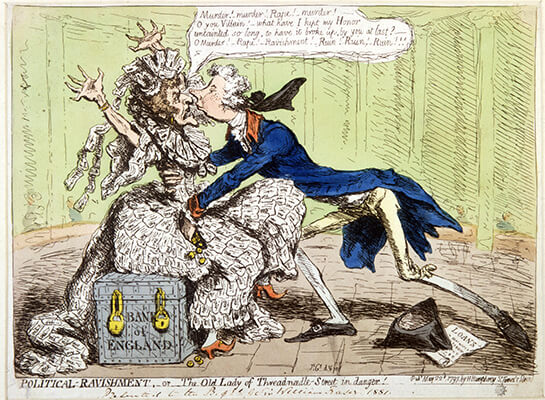1699
The first Britannia on banknotes
Britannia, the female personification of the British Isles, has featured on every printed Bank of England note.
This is the earliest example in our collection. She holds a shield and olive branch and watches over a ‘bank of money’, symbolising the wealth of the nation.
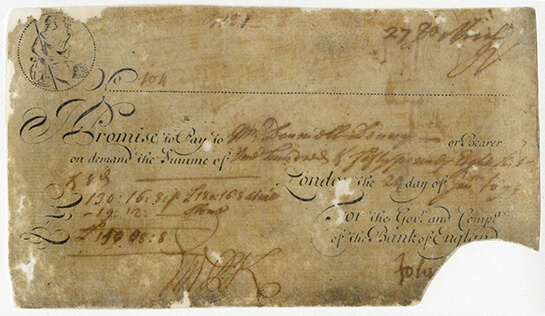
1854
A new Britannia
In this version of Britannia, the ‘bank of money’ resembles a beehive, symbolising industry and cooperation.
This version was designed by artist Daniel Maclise (1806–1870). It appeared on every British banknote from 1855 to 1956.
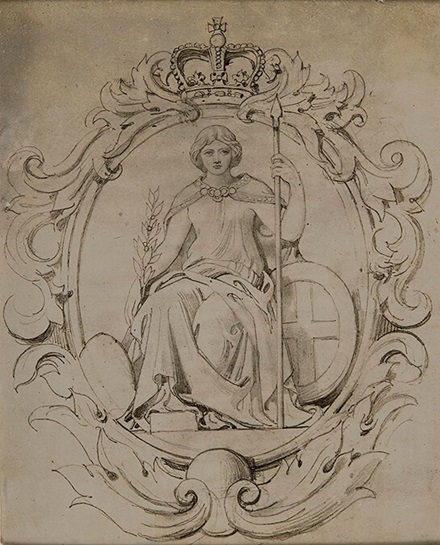
1957
Britannia in colour
Not every version of Britannia was publicly well-received. This helmeted version was included on the first coloured £5 note.
Although the note was generally admired, Britannia was criticised for having too much hair, looking too severe and lacking a body.
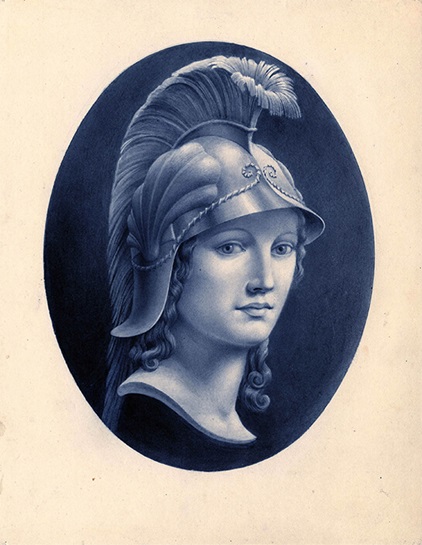
1963
A 1960s Britannia
In 1963 Britannia was reimagined for the new £5 note.
The Daily Telegraph commented that she was ‘a likeable young lady … though not very regal’. In fact, this younger version of Britannia was modelled on the designer’s daughter, illustrator Phillida Gili.
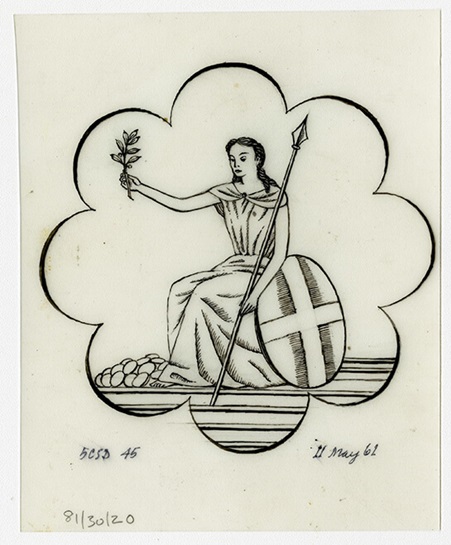
1971
The goddess Victory
Britannia is not the only symbolic figure to have appeared on our banknotes.
This image of the Roman Goddess of Victory is on the 1971 Duke of Wellington £5 note. She symbolises Wellington’s victory at the Battle of Waterloo.
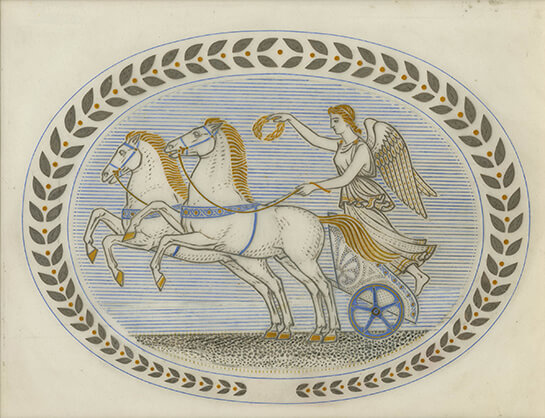
1999
St Cecilia
Women have been used to symbolise the literary or musical achievements of men.
Saint Cecilia is the patron saint of musicians. An image of her was included in the foreground of this design for the £20 note featuring composer Edward Elgar.
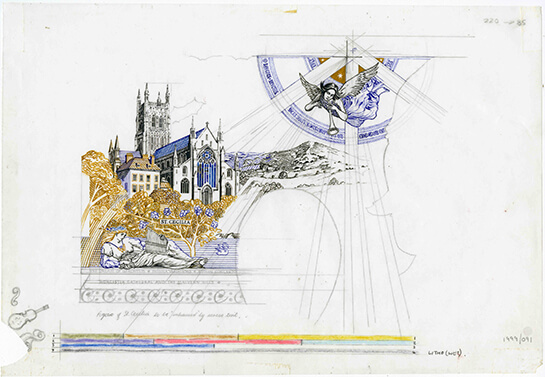
2016
The Muse of Poetry
Calliope, the Greek Muse of epic poetry, has featured on one of our notes.
Winston Churchill won the Nobel Medal for Literature in 1953. The medal features in the background of the Winston Churchill £5 note. Ovid referred to Calliope as the ‘Chief of all muses’.
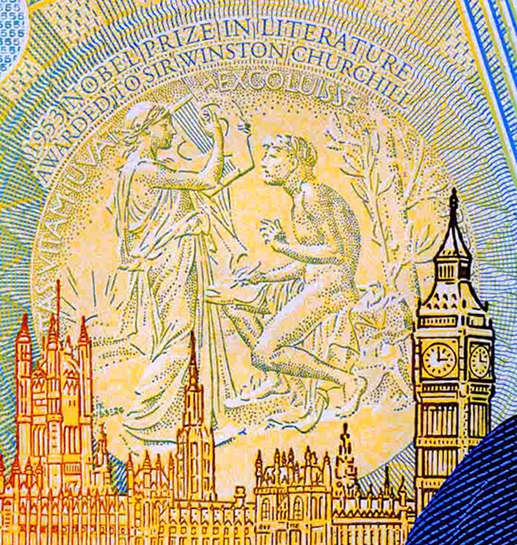
Since 1797
The Old Lady of Threadneedle Street
Even the Bank of England itself is symbolised by a woman, the Old Lady of Threadneedle Street.
The nickname first appeared in a print by James Gillray in 1797. The cartoonist personified the Bank of England as a distressed elderly woman fighting off the grasping hands of the then Prime Minister, William Pitt.
